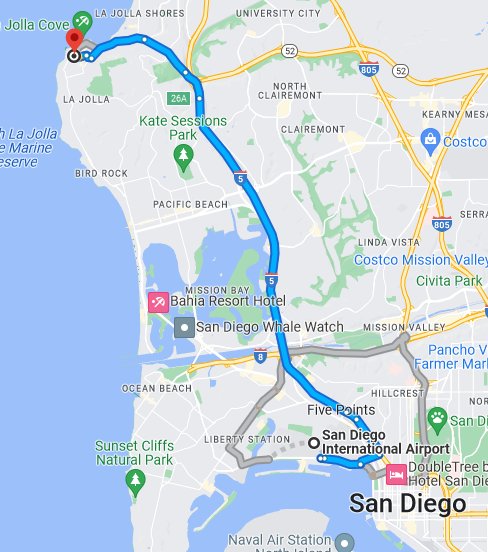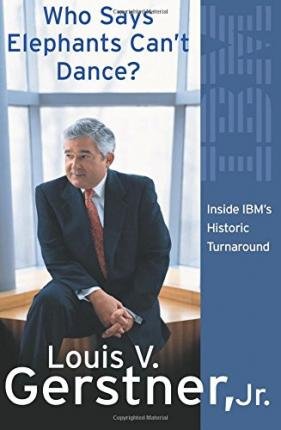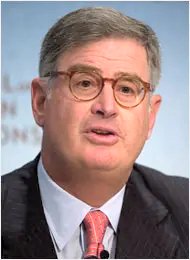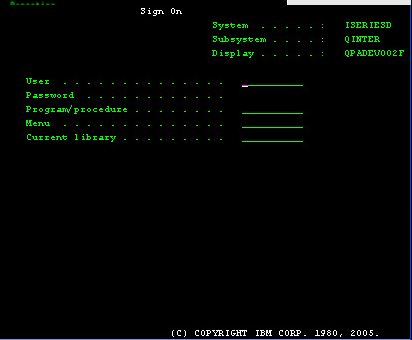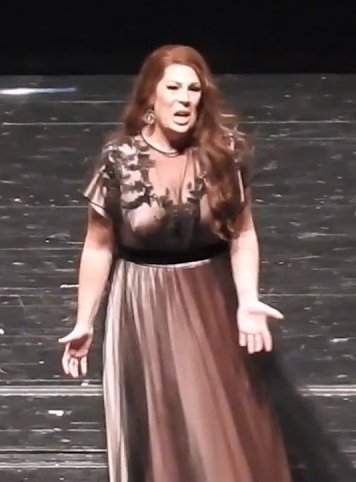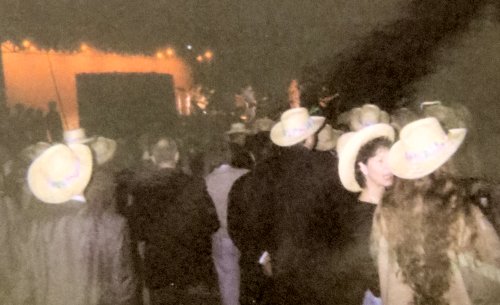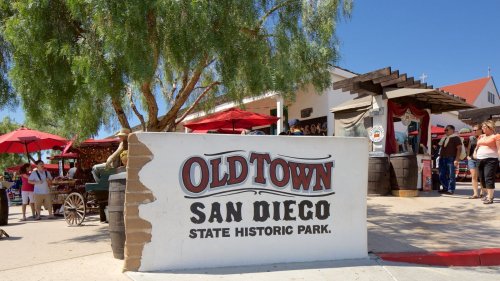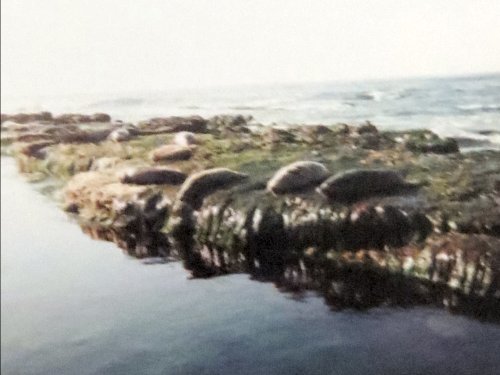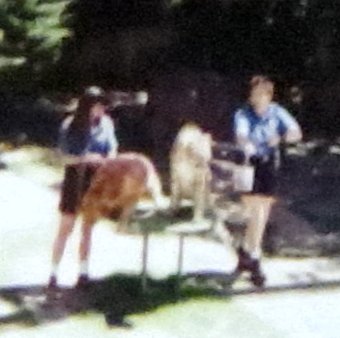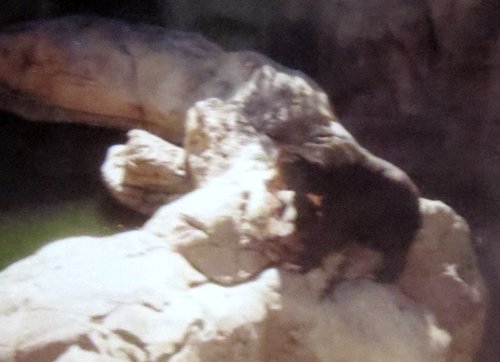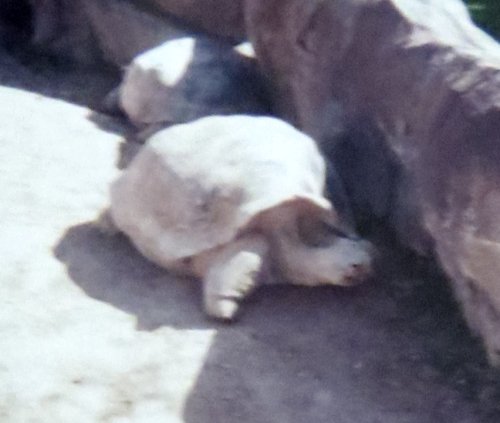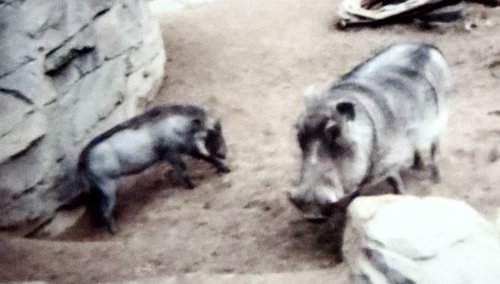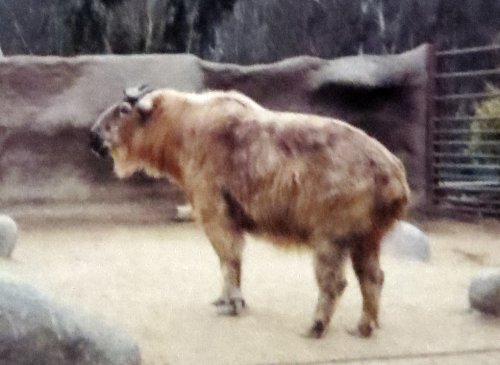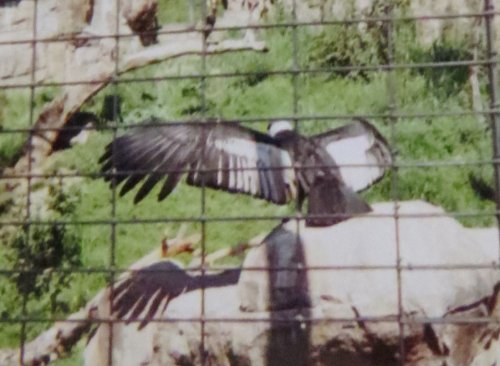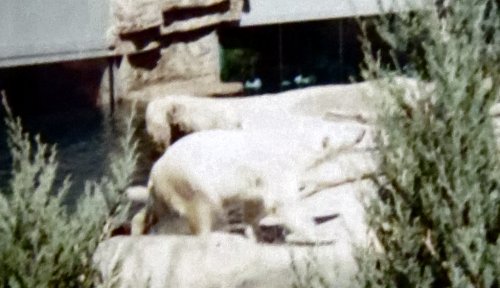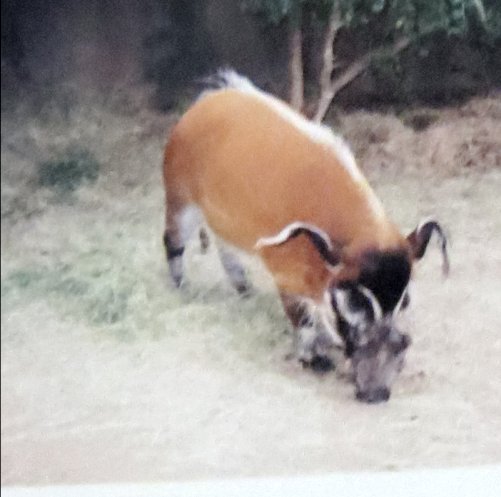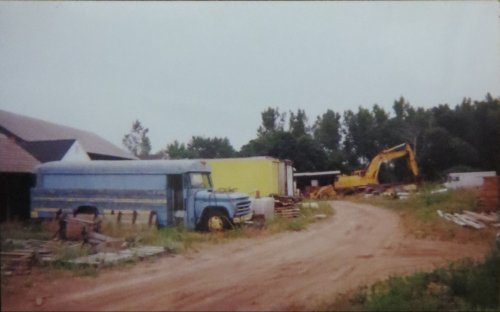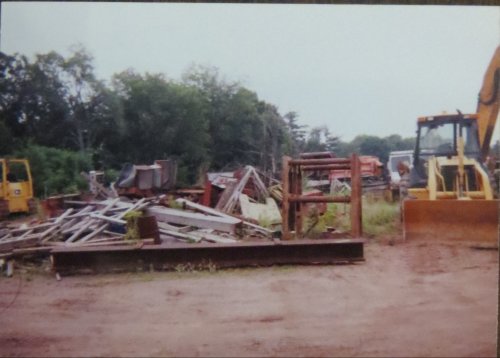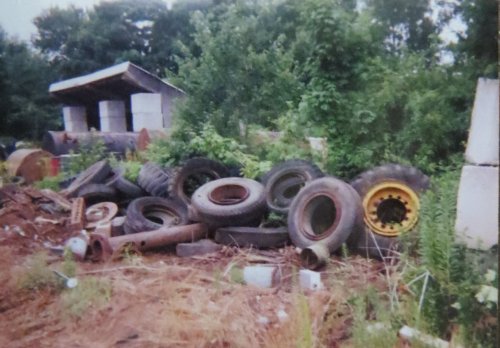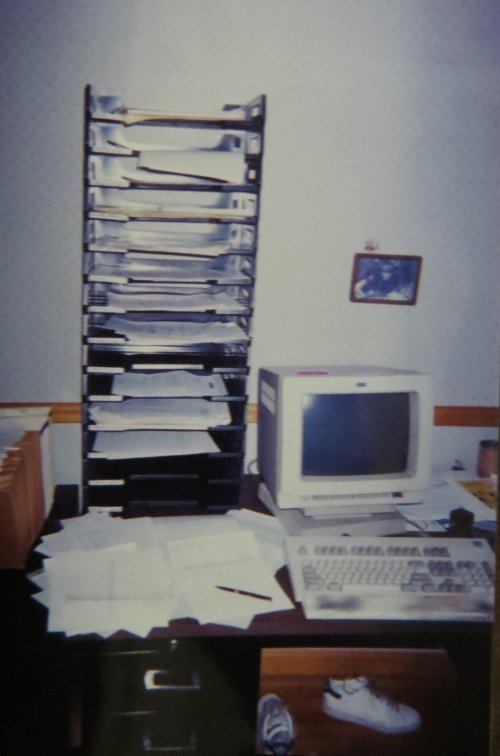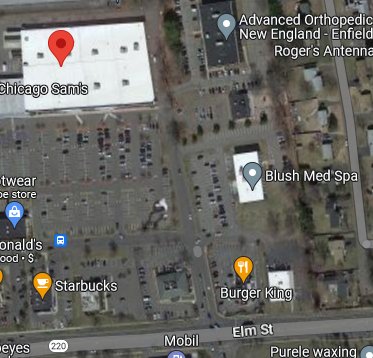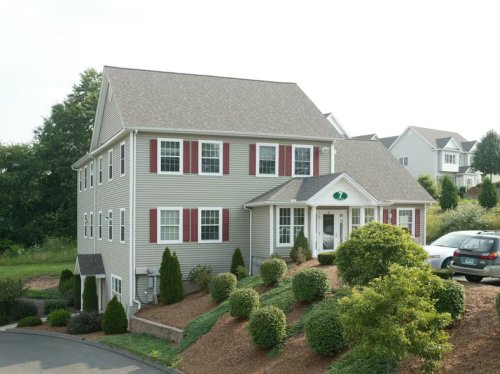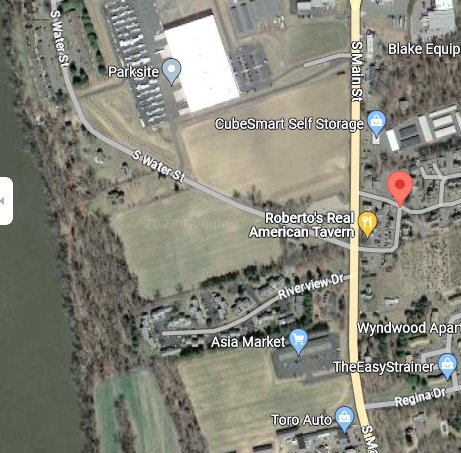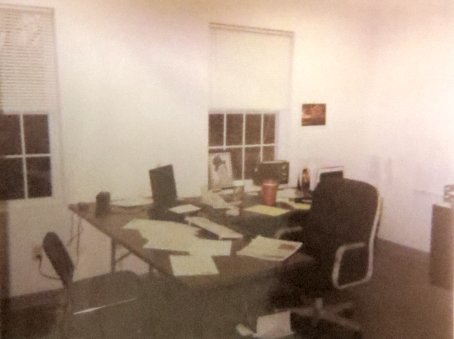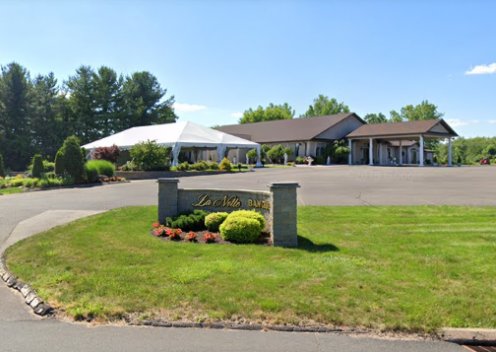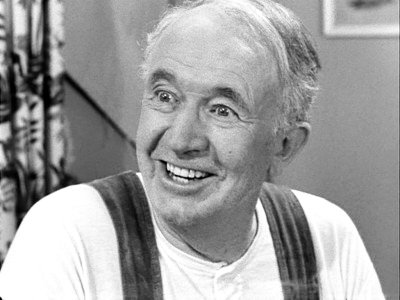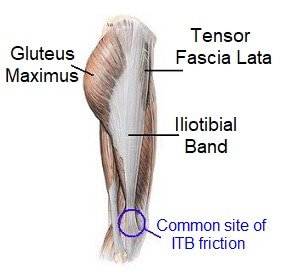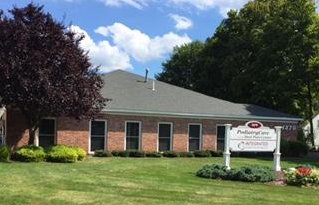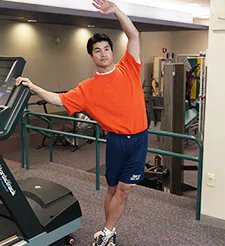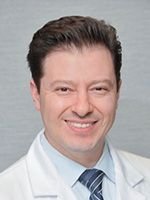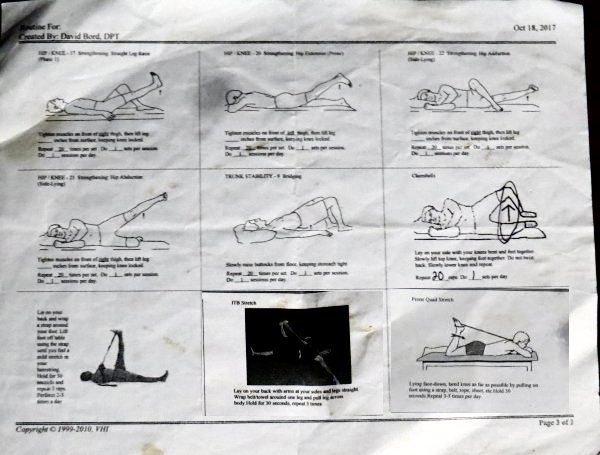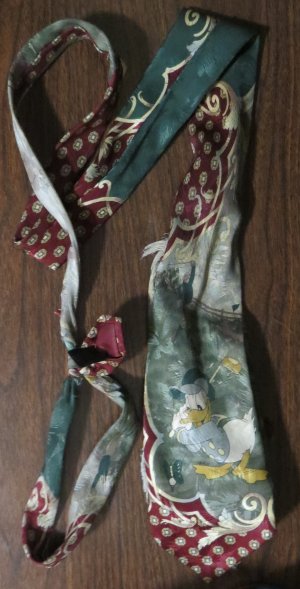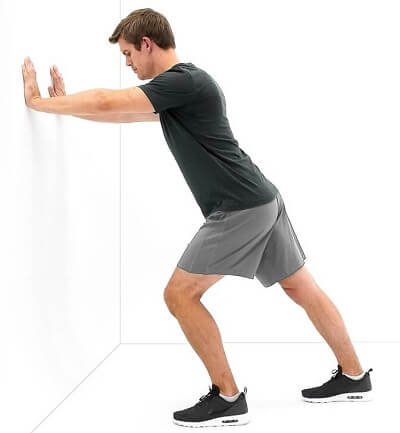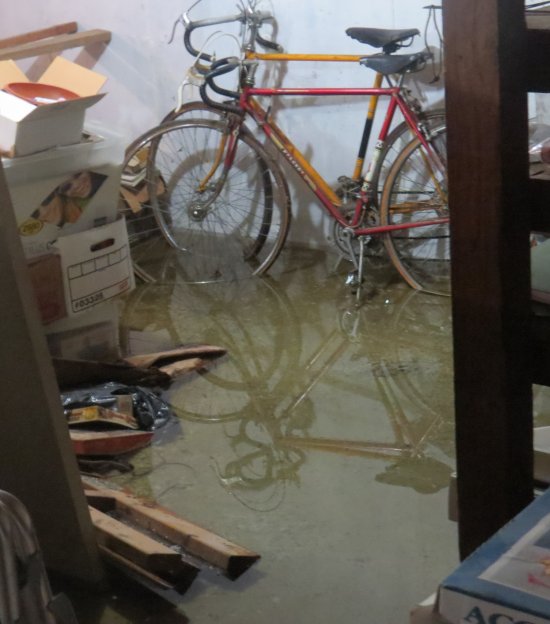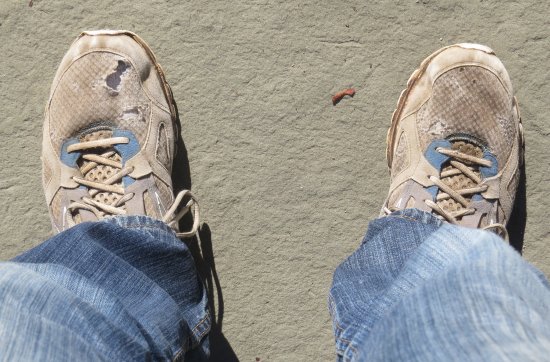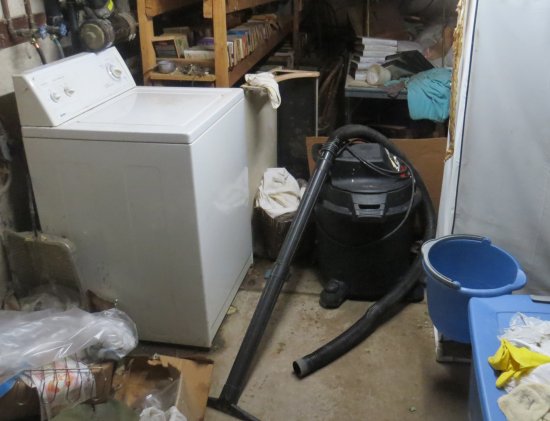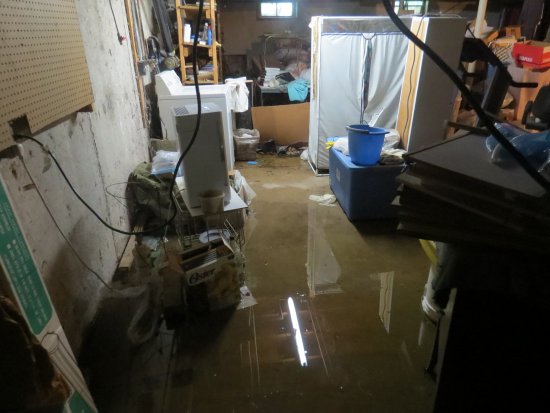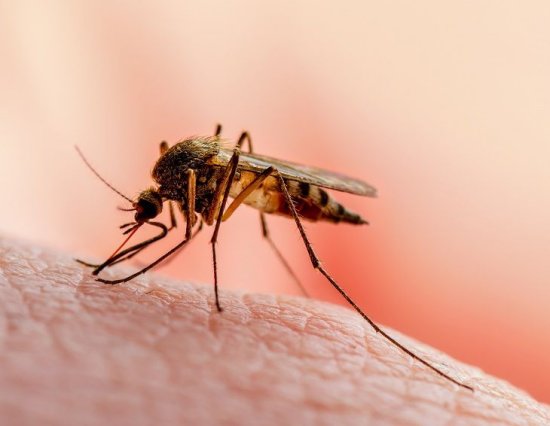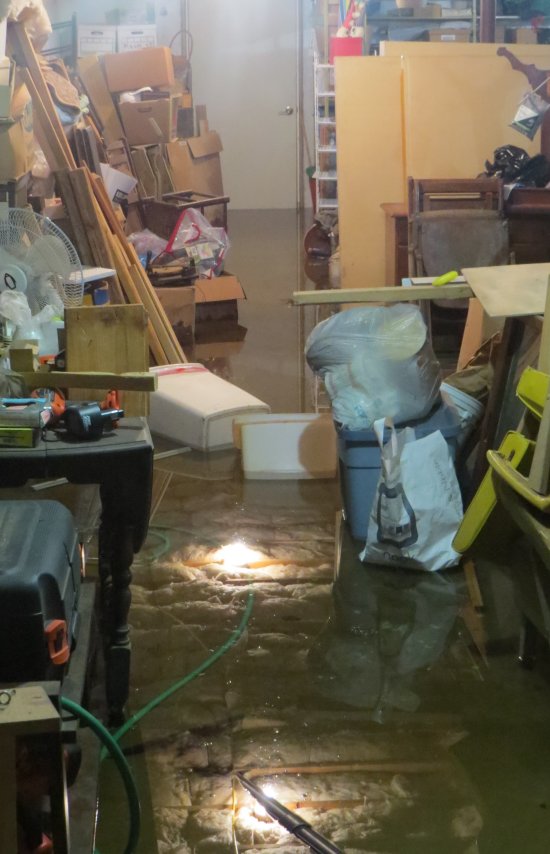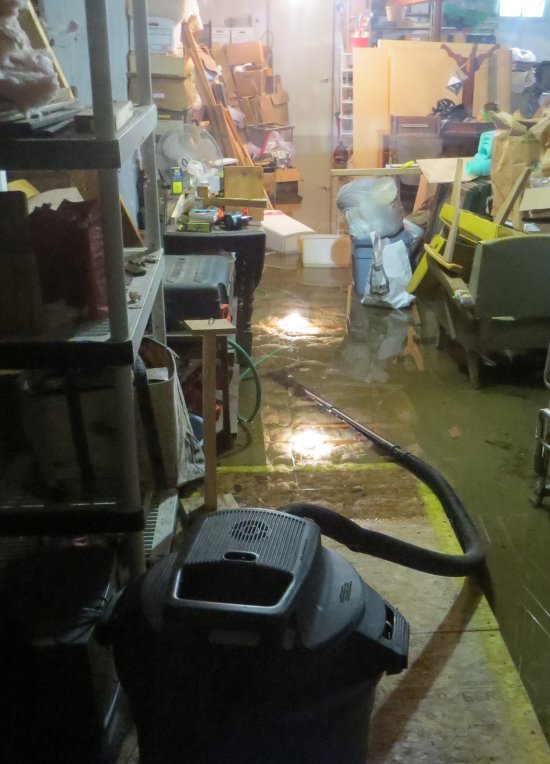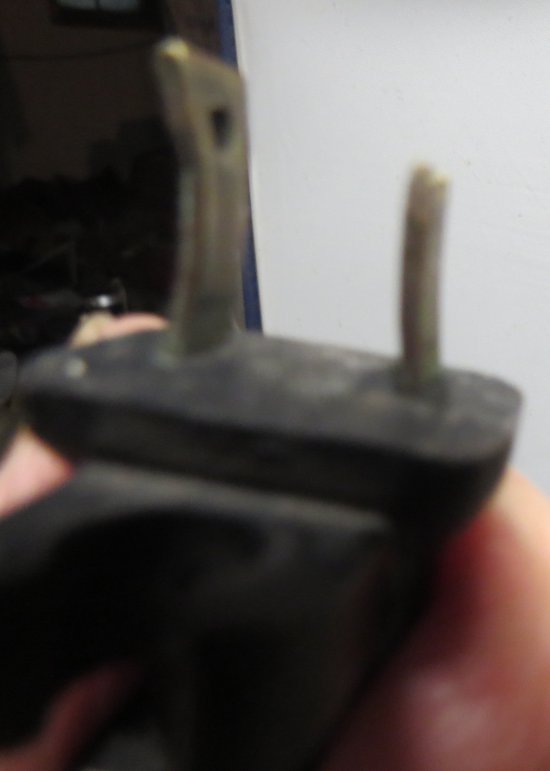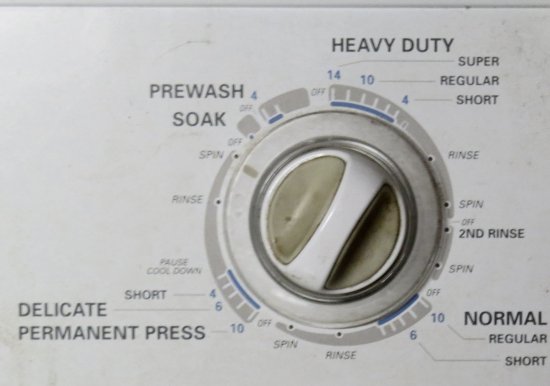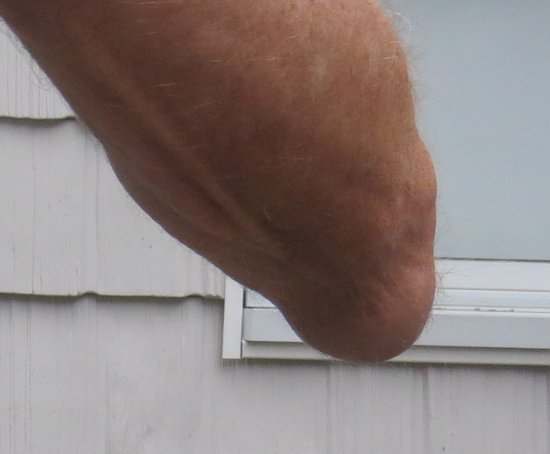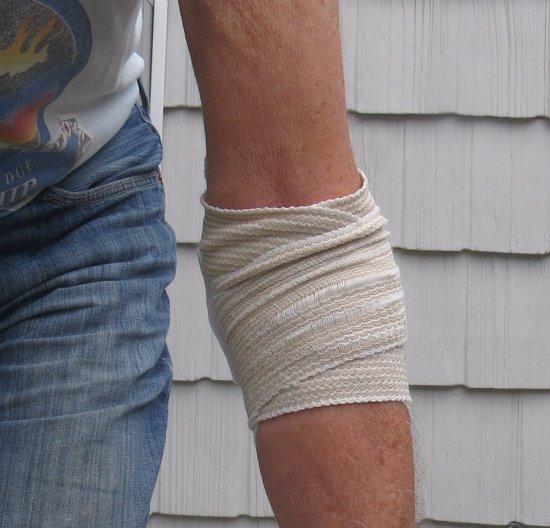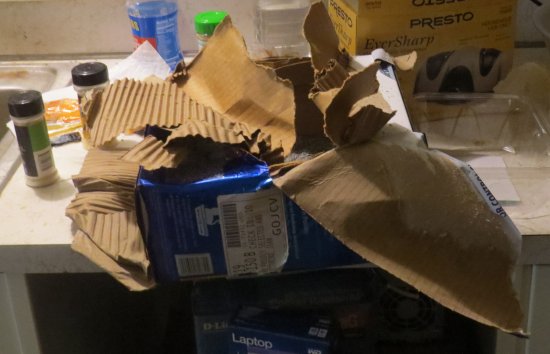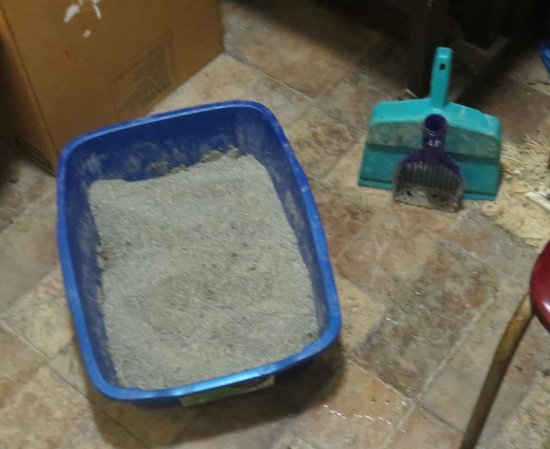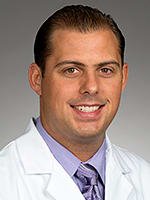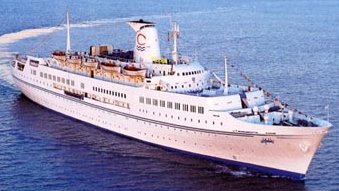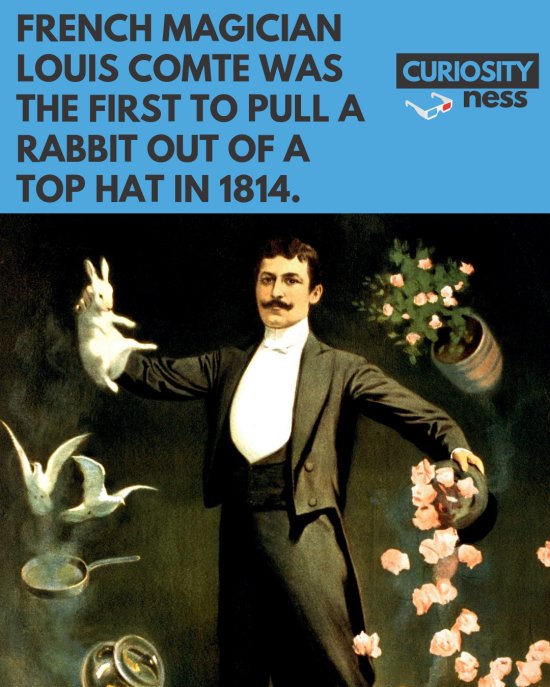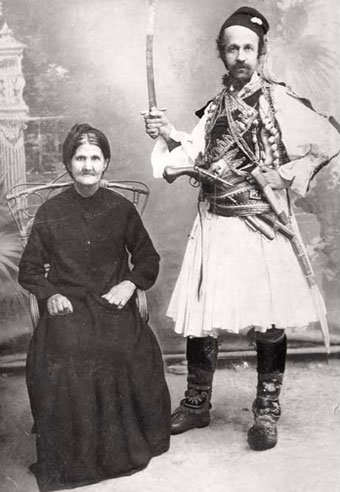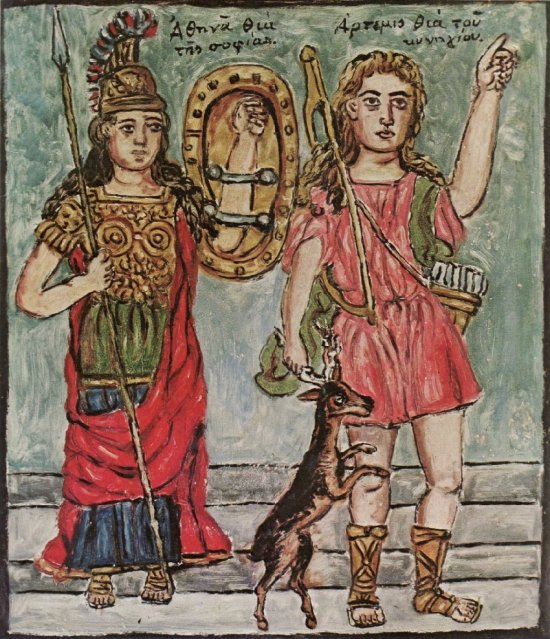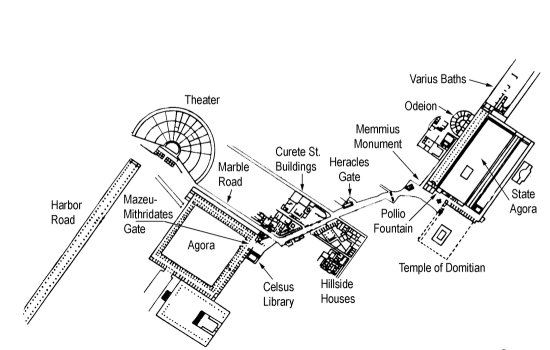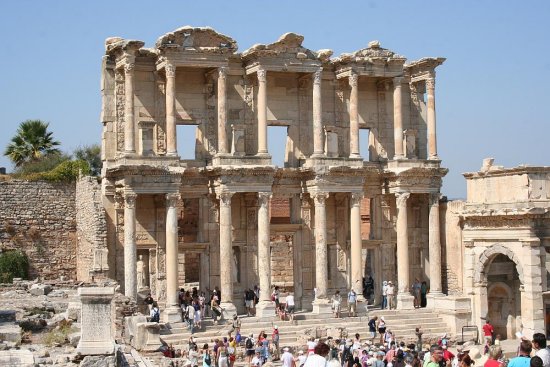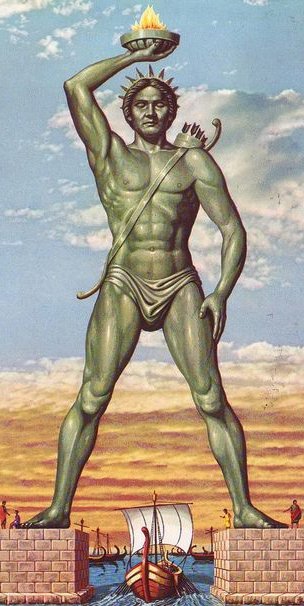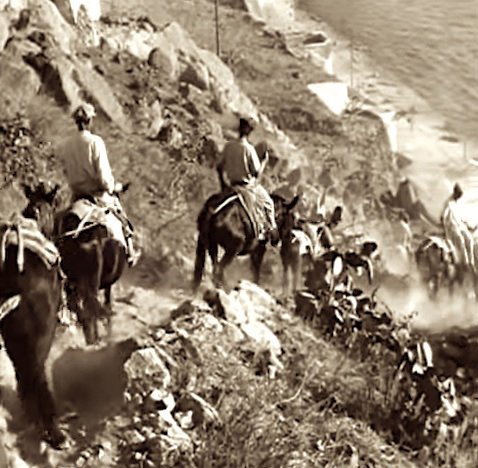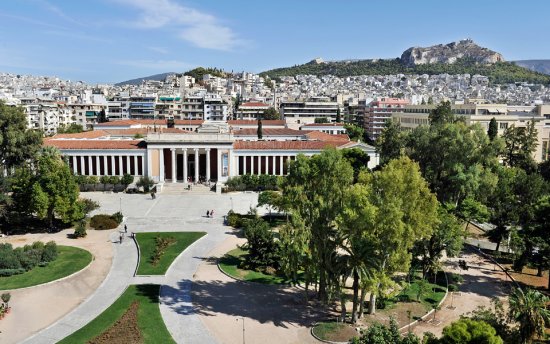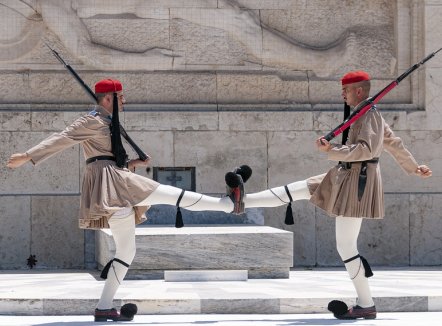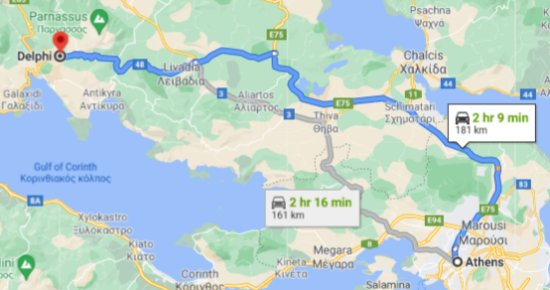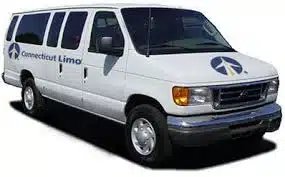Fun and frustration. Continue reading
In the late nineties Denise and I had decided that we needed to investigate ways for TSI (or at least the two of us) to develop a new product or service and to modernize, if possible, our work on the AS/400. In late 1999 we learned about PartnerWorld, a convention for IBM’s business partners that was scheduled to be held in San Diego in late January of 2000. We decided to attend. Our objectives were two-fold: 1) to hear about IBM’s approach to the Internet; and 2) to meet other vendors with whom we might team up. I also bought two tickets for the San Diego Opera’s performance of Verdi’s Il Trovatore on Tuesday, January 25. We decided to spend the last day at the zoo.
On Sunday, January 23, Denise’s husband Ray drove her to Bradley International. I met them there and took a photo or two. Since we gained three hours en route we probably landed in San Diego in the afternoon. The airport was surprisingly close to Seaworld, Coronado Island, and downtown. I was accustomed to fairly long drives from airports to downtown locations. We boarded our rental car at Avis. The weather was fantastic throughout our stay.
I had booked rooms for us at the Best Western Inn by the sea in La Jolla, which was about a twenty-minute drive from the airport and the conference center. This was an excellent choice. It was a nice hotel that was reasonably priced and within walking distance of La Jolla cove. I seem to remember that Denise and I walked down to the beach as soon as we had gotten settled. There we saw both a beautiful stretch of sand and a large group of seals or maybe sea lions. Both species liked to hang around in the vicinity.
I found no notes about this trip. I found about ten photos that I took with disposable cameras. I must have had two and switched halfway through the trip; there are two different sizes of photos.
I bought a copy of Frommer’s guide to San Diego. I know that I used it to find the hotel because there was a business card marking the page for it. It said the prices were “moderate”, and they included a continental breakfast and free parking. A map was evidently torn out of the back of the book.
The business card was from Yvonne Carl, whose job was “Customer Advocate” at The 400 Group in Dedham, MA. By the time that I wrote this entry in 2023 I had no recollection of her or the group. When I tried its website, I was treated to a large and graphic ad for a combination flashlight and male sex toy.
The conference: On Monday we drove to the gigantic conference center and parked in the basement. When we registered we each received a faux leather black duffel bag, some printed materials, and an orange PartnerWorld tee shirt. Mine, for some reason had “Morpher” on the back. Denise’s had something equally meaningless.
The first event was the “kickoff” in a very large auditorium. I don’t know how many people were there, but the total attendance at the conference was about 4,000. Lou Gerstner, IBM’s celebrated Chairman, did not attend, but he sent a video. His message was that IBM was now all about e-business, by which he seemed to mean using the Internet directly or indirectly for commerce. IBM wanted everyone to use its servers and, more importantly, services. Another big emphasis was on the object-oriented programming called Java1 and JavaBeans2, both of which were developed by Sun Microsystems and licensed to everyone at no charge.
I remember two speakers. A lady who was in charge of marketing claimed that IBM “owned” the term e-business3. This was in reference to an advertising campaign that had associated IBM with the term. The other was Sam Palmisano, the number two guy at IBM, who must have thought that he was addressing the IBM sales force. He was very upset at EMC and Sun Microsystems, who were evidently using former IBM employees—of whom there were a large number—to undercut IBM on some accounts. He used the phrase “kick butts”, which seemed totally out of place for a gathering of people who had worked with IBM for years.
Denise and I usually split up to attend other presentations. In the only one that I remember a panelist said that in hiring you should always get the best person available. This was undoubtedly good advice, but I had learned that it was also crucial to find a way to keep them no matter what happened to your business.
We also visited some exhibits that were sponsored by third parties. At the time we were on the lookout for ways to provide a GUI4 front end for AdDept that we could implement without a great deal of work. We did not find anything of interest.
One of our major objectives was to make contact with people from other companies with which we could partner for mutual benefit. We were disappointed in this endeavor. IBM was not interested in helping its partners find partners. It wanted its partners to tell their customers to buy IBM computers and services.
Entertainment: I think that the comedian Sinbad performed on Monday evening. Denise and I attended. He began by telling the audience that he was a Mac guy. At the time Apple was not yet a major player in either servers or the Internet. Its computers were good for designers, but most people in business had little use for them. I was not very impressed with the rest of Sinbad’s routine either. I don’t think that he understood the nature of the audience.
On Tuesday evening we went to the San Diego Opera to see Il Trovatore. I remember being disappointed that the members of the orchestra did not take time to throw a baseball around during the overture. I also remember being very tired. In the last act I had to fight off drowsiness, and I was unable to prevent various Warner Bros. characters such as Sylvester and Bugs Bunny from appearing on the stage.
I remember that Denise and I were very impressed with the soprano who sang Leonora5. She rightly judged the arias to be beautiful. I also was surprised. I had listened to the opera several times and had never before been so impressed with these pieces.
On Wednesday Denise and I attended a party in the conference center. The music was supplied by what was left of the Beach Boys. Mike Love and Bruce Johnston were definitely there. Brian Wilson and Al Jardine were not. The other members of the band on the stage were much younger than Love and Johnston, who were both pushing sixty.
There was nowhere to sit. Perhaps they expected people to dance, but this was a group of uber-geeks, predominantly male. Many may not have even heard of the Beach Boys. A few people may have danced, but I never would unless I had at least ten beers. I was at least nine short of that mark.
Two old guys singing about hot rods and surfing seemed weird in the twenty-first century. None of the magic of the performance that I witnessed at the concert at U-M (described here) remained.
Private experiences: I remember having two suppers with Denise. We went to a Mexican restaurant in Old Town one evening. I am pretty sure that we also went to a Chinese restaurant in La Jolla. I don’t remember where we ate lunches or breakfasts. Denise probably skipped some of these meals. When we ate together we almost exclusively discussed what we could do to enhance the business.
We also spent some time walking up and down the beach and viewing the seals from a safe distance. The entire experience was at once exhilarating and disappointing. We were already starting to focus on using the Internet for insertion orders. We both had moderate confidence that we could make it work, and we were excited about the challenge. It was disheartening that we found nothing of value with regard to modernizing AS/400 applications.
The zoo: We spent the entire last day at the famous San Diego Zoo. We saw a very large number of animals, but the foliage used to establish the settings for the animals and the ambience of the zoo was nearly as stimulating.
I took dozens of photos with disposable cameras. This type of camera was totally inappropriate for a visit to the zoo. It had no ability to zoom or adjust the focus. They were not stored digitally. I had to take photos of the photos with my digital camera. That process lost some of the resolution. However, fuzzy memories are better than none.
The only fairly distinct memories that I have of the experience involved the panda exhibit. We began our visit there, and on that occasion we stood in line for a long time. When we finally got to the viewing area, the panda was very visible. We came back in the afternoon and got a better look.
We went to at least two shows. One of them involved birds that flew around but always returned to the trainer on command. The other featured a couple of big cats.
Here is a selection of the other photos in no particular order.
I don’t remember the trip back to Connecticut.
Epilogue: The result of TSI’s search for an Internet product was AxN. The story of that project begins here. In the spring of 2006 Sue Comparetto and I returned to San Diego for a short vacation. That trip is described here.
1. I had read ten books on Java, and I did all of the exercises in each. I could do what they asked, but I could see no way to do most of what I wanted to do. On the AS/400 (and presumably on other machines as well) a Java Virtual Machine needed to be installed and configured. IBM put all of this stuff under the rubric of Websphere. The implementation on the AS/400 had horrendous performance compared to programs in the native environment.
2. JavaBeans are classes that encapsulate one or more objects into one standardized object (the bean). This standardization allows the beans to be handled in a more generic fashion, allowing easier reuse of code.
3. I liked to tell our clients that TSI was working on an Internet-based system for convents and monasteries. We planned to call it “Monk E-Business”.
4. GUI stands for “graphical user interface”, which means using screens that take advantage of all of the properties of personal computers. AdDept’s screens were still text-based, which made them less attractive but not necessarily less functional for the tasks that they performed. GUI front ends took advantage of the mouse and displayed information using colors, images, and such things as check boxes, radio buttons, text boxes, and pull-down windows.
5. We were right to be impressed. I discovered twenty-three and a half years after the fact that Leonora was played by Sondra Radvanovsky. At the time she was an up-and-coming star. Within a decade so she was an international diva recognized both for her singing and her acting ability. She gave several legendary performances at the Metropolitan Opera.



